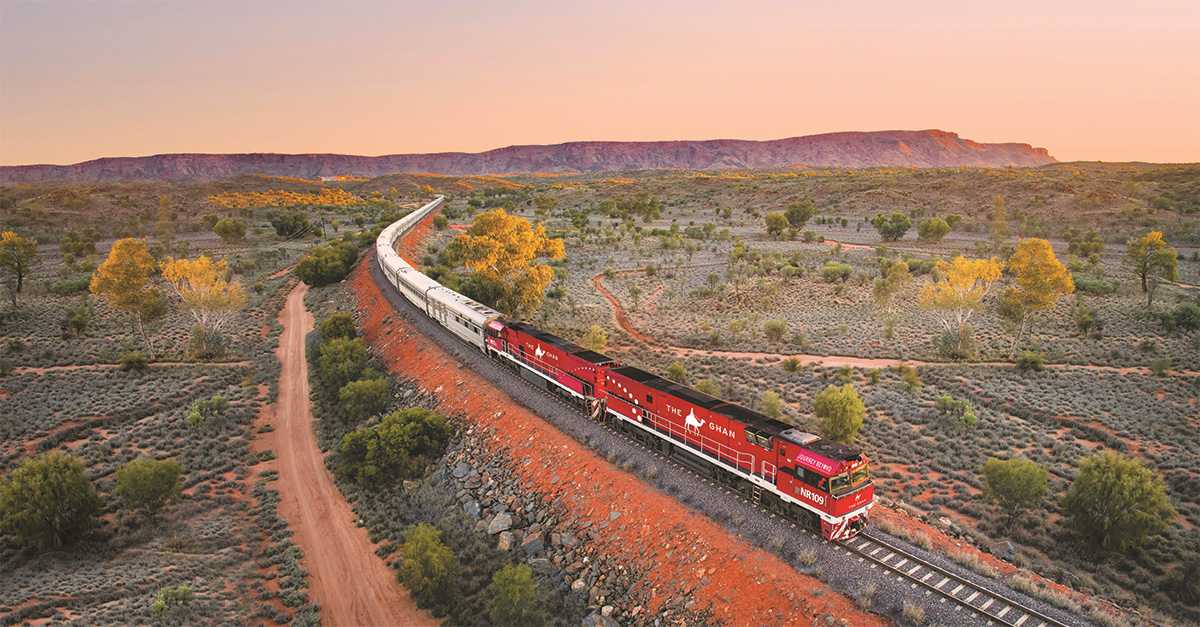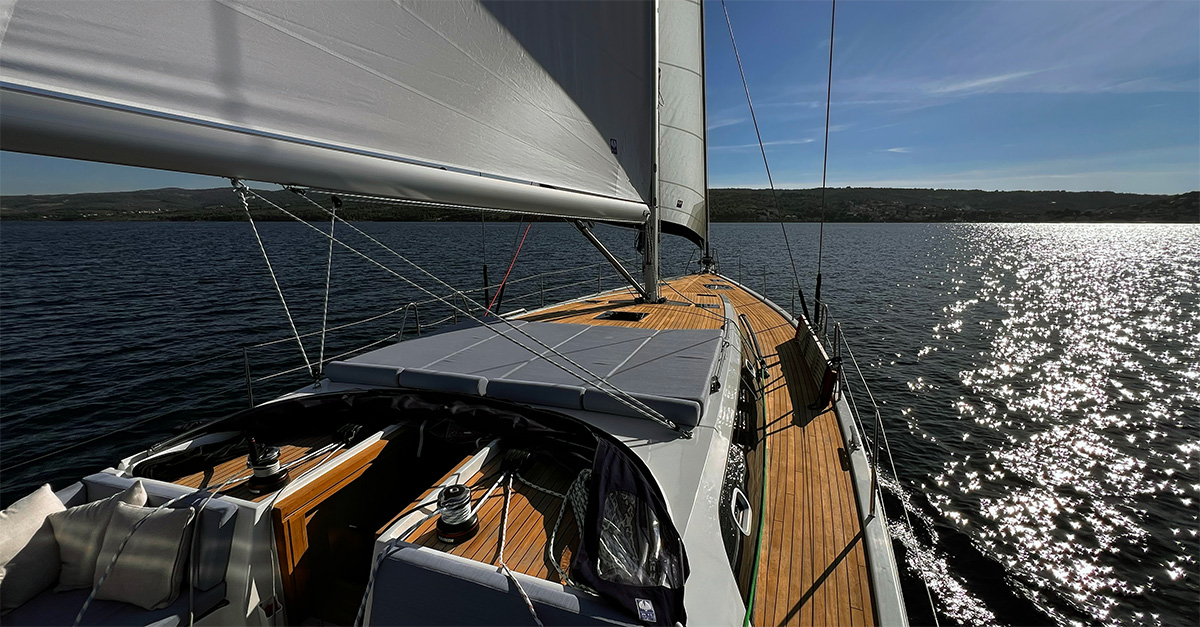From standing stones to the Second World War, the Orkney Islands are at the heart of Scottish history, finds Ben Lerwill.
Click here to download and save as a PDF.
The Scottish islands of Orkney aren’t far from the UK mainland – just six miles of sea separates them from the isolated Caithness coastline – but it’s hard to see them as anything other than a place apart.
Sedate, softly contoured and shrouded in ancient history, the largely treeless islands are unquestionably one of Britain’s most untouched corners. Here’s what makes them special.
See: Ancient islands
The archipelago comprises 70 islands – 16 of which are populated – but the destination generally gets referred to in the singular, as Orkney. Your first port of call, whether arriving by plane or ferry, is likely to be its biggest and most populous island, known as Mainland. It’s home to the two largest settlements on Orkney, Kirkwall and Stromness, as well as its best-known neolithic sites.
“Stromness is a bayside fishing village with a strong contemporary art gallery, The Pier Arts Centre, and a great museum.”
Kirkwall is a low-key town with a spectacular Viking-era cathedral, a smattering of gift shops and a handful of good cafes and pubs (visitors in search of traditional music sessions should head to The Reel on Saturday nights). Stromness is a bayside fishing village with a strong contemporary art gallery, The Pier Arts Centre, and a great museum that shines a light on Orkney’s trivia-packed past.
History, of course, is everywhere. Orkney is beautifully quiet and unavoidably remote on the map, but 5,000 years ago – when sea routes were all-important – it was essentially at the crossroads of northern Europe. It means that the prehistoric sites here are extraordinary.
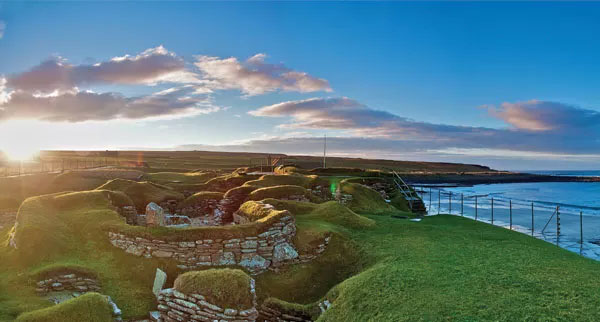
Take as examples the Standing Stones of Stenness, which predate Stonehenge and the Pyramids by more than a millennium; the burial chamber of Maeshowe, which combines an age-old tomb with 12th-century graffiti; the majestic Ring of Brodgar, which forms part of the Neolithic Orkney World Heritage Site; or the astonishing Skara Brae, the best-preserved stone age village in northern Europe.
Mainland is connected to a string of islands by causeways. Drive south and you’ll reach Lamb Holm – where Italian prisoners of war constructed a still-standing chapel from a corrugated iron shelter – then Glims Holm, Burray and South Ronaldsay. In making this journey, you’ll also be crossing the so-called Churchill Barriers, huge barricades created during the Second World War to stop enemy vessels entering Scapa Flow, a vast natural harbour still littered with shipwrecks that is a world-class dive site.
“If you’re here in late spring or summer, the birdlife includes large numbers of puffins, guillemots and razorbills.”
For some of Orkney’s best attractions, you’ll need to make use of one of the many inter-island ferry routes that thread the map. It’s wise to book ahead, but the sailings are scenic, reasonably affordable – and half the fun. Don’t miss Hoy, which is the hilliest and most dramatic island in the group, offering superb coastal walking, particularly around the iconic sea stack known as the Old Man of Hoy.
Another island with major appeal is Westray, in the north of the group. If you’re here in late spring or summer, the birdlife includes large numbers of puffins, guillemots and razorbills, while the beaches are long, golden and virtually empty – much as they are on nearby Sanday.
Westray is also where to come to catch the world’s shortest scheduled flight, a 90-second hop across to Papa Westray, where you’ll find more of what makes Orkney special: uncrowded landscapes, mists-of-time history and a glorious sense of peace.
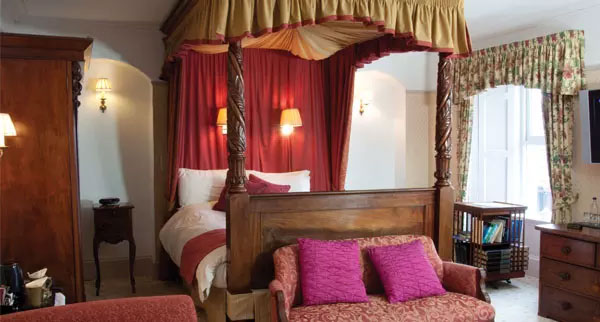
Stay: Small scale
Orkney isn’t big on chain properties, so don’t expect to see many (or any) familiar names among the listings. Instead the focus is on independent places, many of them long-standing and traditional, with sizes ranging from cottages or B&Bs to hotels with about 40 rooms.
Stromness is arguably the more attractive of the two main settlements, and has some decent options. The 38-room Stromness Hotel overlooks the harbour, while the 10-room Royal Hotel is a short walk along a cobbled street. Both are set in period buildings, and have a bar and restaurant. The same is true of the atmospheric 12-room Ferry Inn, which is the best pub in town.
“The focus is on independent places, long-standing and traditional, with sizes ranging from cottages and B&Bs to hotels with about 40 rooms.”
Towards Kirkwall, meanwhile, one of the standouts is the 10-room Lynnfield Hotel, a four-star stay with a country-house feel, while the eight-room Foveran nearby bills itself as a “restaurant with rooms” – its smart accommodation complements the excellent, local-produce menu nicely.
On the island of Burray, the Sands Hotel was once a herring store but now offers eight four-star rooms and suites. Those looking to stay on Westray, meanwhile, can consider the six-room, three-star Pierowall Hotel or, for somewhere with a touch more character, the three-room Chalmersquoy B&B. Here, as elsewhere, the generous Orcadian breakfasts are unlikely to leave you underfed.
It’s worth noting that there is good-quality self-catering accommodation on most of the inhabited islands.
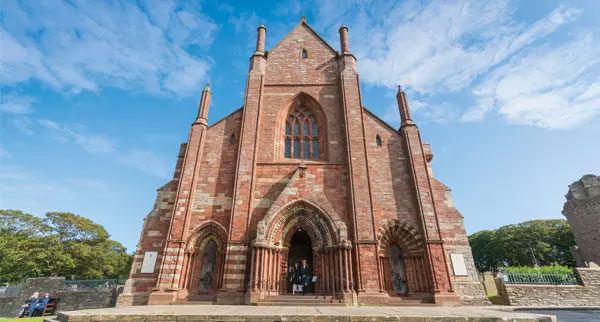
Sell: Summer lovin’
If clients want to see the islands at their best, it makes sense to avoid the wet, windy winters. The period between Easter and the end of autumn is the most attractive – although, Britain being what it is, it makes sense to pack both sunglasses and waterproofs regardless of the season.
The weeks either side of the summer solstice have a special magic to them, partly because of the pagan traditions associated with the neolithic sites and partly because, on a sunny day, the beauty of the islands has an almost otherworldly quality.
In terms of reaching the islands, flying is the most logical approach for many travellers. Loganair, Flybe and British Airways are the key carriers. There are regular flights to Kirkwall from Edinburgh (one hour), Glasgow (one hour), Aberdeen (50 minutes) and Inverness (45 minutes). Loganair fares start at £77 each way from Aberdeen, Edinburgh, Glasgow or Inverness, and all these airports are well connected to the rest of the UK.
“It’s a place for staycation lovers looking for somewhere out of the ordinary – a close-at-hand destination with a tangible sense of adventure.”
The other option is to arrive in Orkney by ferry. There’s a six-hour service from Aberdeen to Kirkwall with NorthLink Ferries (from £21 for adults and £10 for children) and a 90-minute crossing between Scrabster, near Thurso on the mainland, and Stromness (£17/£8). In addition, Pentland Ferries has a 60-minute service from Gill’s Bay, near John O’Groats, to South Ronaldsay (£16/£8). From May to September, meanwhile, John O’Groats Ferries operates a foot-passenger-only boat between John O’Groats and South Ronaldsay for £20 each way.
So what kind of traveller is Orkney suited to? The prehistoric sites, Viking heritage and wartime history are a big part of the appeal, but they’re far from being the only draw. The seafood and lamb are excellent, the walking is fantastic and the birdlife extraordinary. Although tourism levels are healthy, the archipelago rarely feels crowded. It’s a place for staycation lovers looking for somewhere out of the ordinary – a close-at-hand destination with a tangible sense of adventure.
The quality of the beaches, particularly on the outlying islands, make it a great bet for a family holiday with a difference, and there’s also a strong calendar of festivals and events. Two stand-outs? May’s Orkney Folk Festival has been covered on BBC Radio 2, while June’s arts-focused St Magnus International Festival draws performers from around the world.
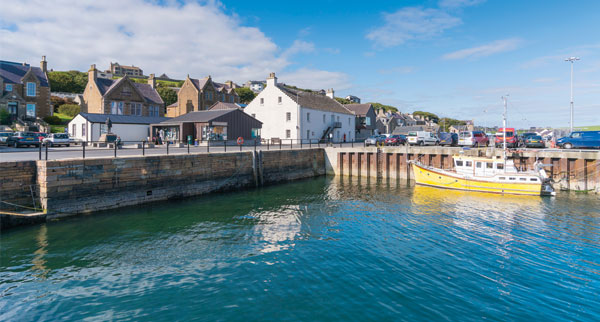
Sample product
Shearings has a six-night Orkney Explorer tour, which includes four nights’ accommodation in Kirkwall and trips to sites such as Skara Brae and the Churchill Barriers. The tour includes flights to Inverness and ferry transfer to Orkney, from £1,254 per person.
shearingsagent.com
McKinlay Kidd offers a three-night Orkney fly-drive option, including flights from Glasgow or Edinburgh, car hire, an Explorer Pass, and B&B accommodation. Prices start at £545 per person.
mckinlaykidd.com
Read more
Sailing around Scotland on Hebridean Princess
Explore the history and raw natural beauty of the Scottish Highlands
What to do on the Inner Hebrides’ island of Mull, Scotland

